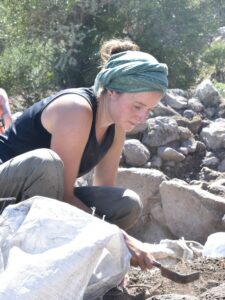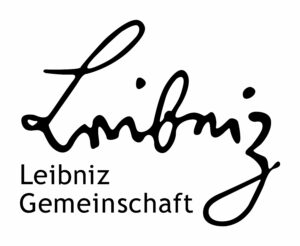
Marie Usadel
I am currently holding a position as a research assistant for Mediterranean Prehistory at the Institute for Archaeological Studies of the Ruhr University Bochum, that I started shortly after beginning my Ph.D. project in 2020. The topic of my thesis is the appropriation and use of ceramic raw materials in southern Sardinia during the Bronze Age. It is part of the ‘Making Landscape’ project, led by Constance von Rüden, that I have been part of since 2018 and concentrates on the pottery recovered at the Nuragic site of Grutt’i Acqua on the Island of Sant’Antioco. A first glimpse into the use of mineral raw materials in this context was already gained by my Master thesis (completed in 2019), that laid the foundation for my Ph.D project.
Research interests
Aside from material analysis like petrography I am very much interested in combining methods from natural and social sciences to approach questions of resources in archaeology. Especially experimental archaeology is a very useful method to bridge the gap between these two disciplines, hence I am trying to integrate a direct interaction with the materials under study into my research.

